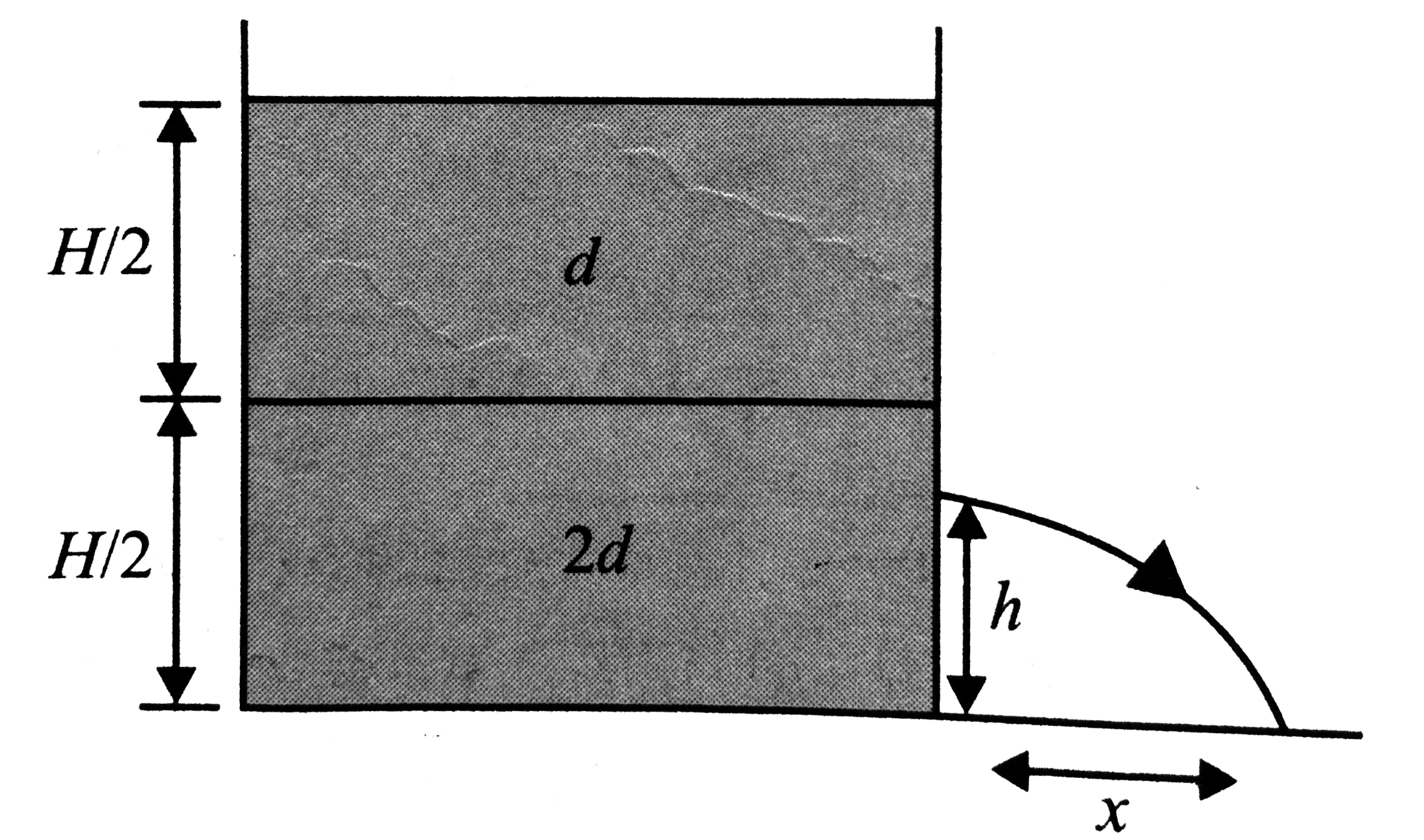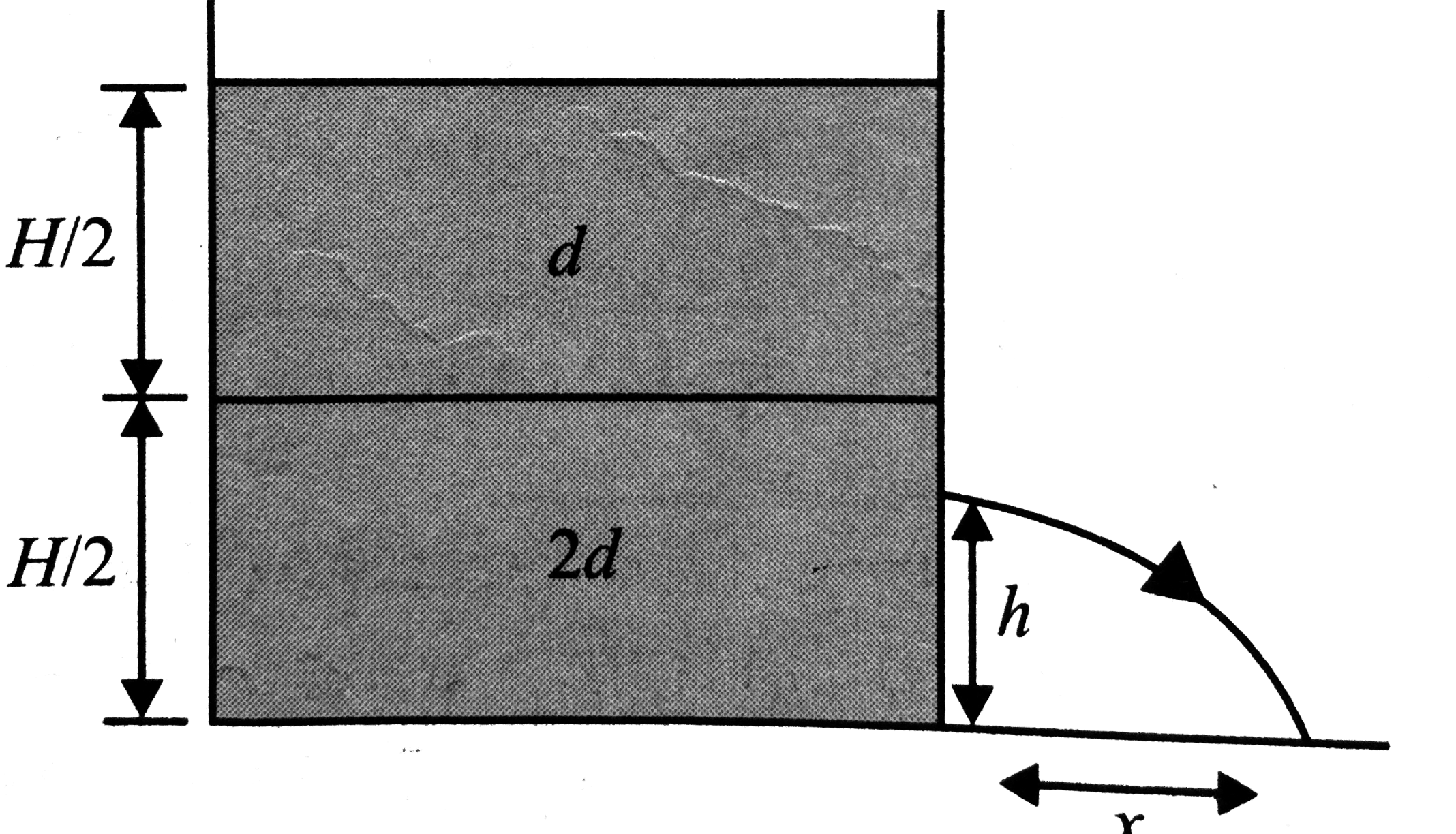Explain the cause of upthrust on a body immersed in a liquid.
Step by step video & image solution for Explain the cause of upthrust on a body immersed in a liquid. by Physics experts to help you in doubts & scoring excellent marks in Class 9 exams.
Topper's Solved these Questions
- BOOK - PEARSON IIT JEE FOUNDATIONCHAPTER - HYDROSTATICEEXERCISE - ESSAY TYPE QUESTION5videos
HYDROSTATICE
- BOOK - PEARSON IIT JEE FOUNDATIONCHAPTER - HYDROSTATICEEXERCISE - LEVEL 1 TRUE OR FALSE7videos
HYDROSTATICE
- BOOK - PEARSON IIT JEE FOUNDATIONCHAPTER - HYDROSTATICEEXERCISE - TEST YOUR CONCEPTS VERY SHORT ANSWER TYPE QUESTION29videos
HYDROSTATICE
- BOOK - PEARSON IIT JEE FOUNDATIONCHAPTER - HEATEXERCISE - All Questions115videos
HEAT
- BOOK - PEARSON IIT JEE FOUNDATIONCHAPTER - LIGHTEXERCISE - Level 310videos
LIGHT
Similar Questions
Knowledge Check
- Question 1 - Select One
Loss of wuight of a body immersed in a liquid is:
Aequal to the weight of the liquid displacedBmore than the weight of the liquid displacedCless than the weight of the liquid displacedDzero - Question 2 - Select One or More
Let T represent the true weight of a body, B the force of buoyancy on the body when immersed in a liquid. A represents the apparent weight of the body and W be twice the weight of liquid displaced by te body. Then which of the following relation is correct?
AT = B - ABT - B = ACT = B + A - WDT - A = W - B - Question 3 - Select One
Fluids at rest exert a normal force to the walls of the container or to the sruface of the body immersed in the fluid. The pressure exerted by this force at a point inside the liqid is the sum of atmospheric pressure and a factor which depends on the density of the liquid, the acceleration due to gravity and the height of the liquid, above that point. The upthrust acting on a body immersed in a stationary liquid is the net force acting on the body in the upward direction. A number of phenomenon of liquids in motion can be explain by Bernoulli's theorem which relates the pressure, flow speed and height for flow of an ideal incompressible fluid.
A container of large uniform corss sectional area. A resting on a horizontal surface holds two immiscible, non viscous and incompressile liquids of densities d and 2d, each of height H/2 as shown in the figure. The lower density liquid is open to the atmosphere having pressure P0.
Situation I:
A homogeneous solid cylinder of length L(L<H/2). cross sectional area A/5 is immersed such that it floats with its axis vertical at liquid -liquid interface with lenght L/4 in the denser liquid.
The total pressure at the bottom of the container isA(H2+L4)dgBP0+(3H2+L2)dgCP0+(H+L4)dgDP0+(3H2+L4)dg
Find the ratio of the upthrust on a certain body offered by a liquid placed on the surface of the Earth and on the surface of the moon.
(Take gm=16gE)View SolutionA body of density ρ floats with volume V1 of its total volume V immersed in a liquid of density ρ1 and with the remainder of volume V2 immersed in another liquid of density ρ2 where ρ1>ρ2. Find the volume immersed in two liquids. (V1 and V2).
View SolutionFluids at rest exert a normal force to the walls of the container or to the sruface of the Body immersed in the fluid. The pressure exerted by this force at a point inside the liqid is the sum of atmospheric pressure and a factor which depends on the density of the liquid, the acceleration due to gravity and the height of the liquid, above that point. The upthrust acting on a body immersed in a stationary liquid is the net force acting on the body in the upward direction. A number of phenomenon of liquids in motion can be explain by Bernoulli's theorem which relates the pressure, flow speed and height for flow of an ideal incompressible fluid.
A container of large uniform corss sectional area. A resting on a horizontal surface holds two immiscible, non viscous and incompressile liquids of densities d and 2d, each of height H/2 as shown in the figure. The lower density liquid is open to the atmosphere having pressure P0.
Situation I:
A homogeneous solid cylinder of length L(L<H/2). cross sectional area A/5 is immersed such that it floats with its axis vertical at liquid -liquid interface with lenght L/4 in the denser liquid.
The density of the solid isView SolutionA body floats in a liquid contained in a vessel. The vessel falls vertically with an acceleration ( a (< g). If Vi and Vf be the initial and final volume of the body immersed in the liquid then :
View SolutionA body of density d and volume V floats with volumes V of its total volume V immersed in a liquid of density d and the rest of the volume V2 immersed in another liquid of density d2(<d1). The volume V1 immersed in liquid of density d1 is
View Solution

